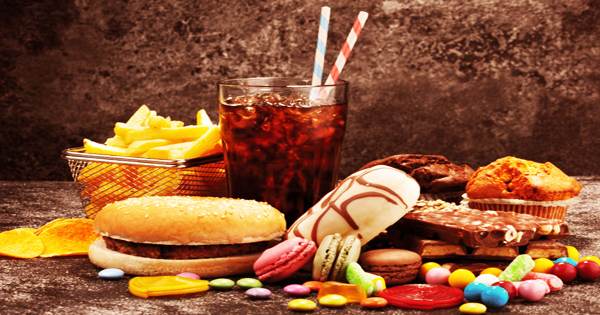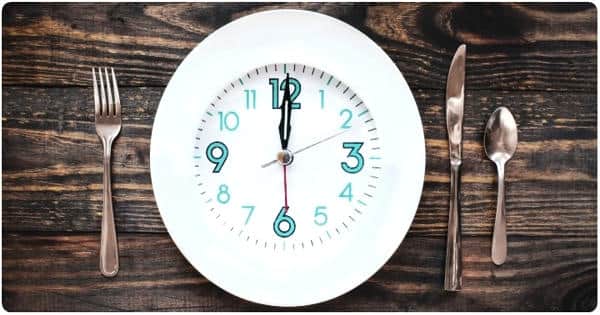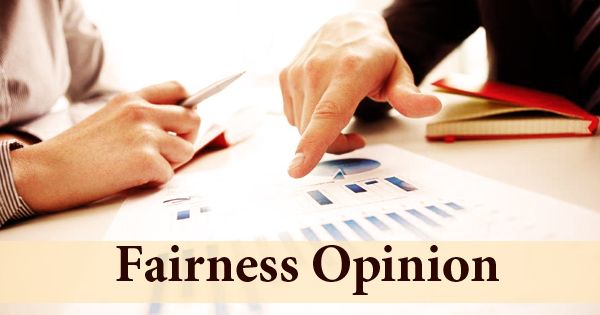The Food Trainer (FoodT app) teaches users to touch on photos of nutritious foods but to stop when they encounter harmful snacks, establishing a link between bad snacking and stopping. The latest research from the universities of Exeter and Helsinki revealed that playing the game once a day for a month reduced junk food intake by an average of one point on an eight-point scale (the scale ranges from four or more items per day to one or zero items per month).
Foods that provide a lot of calories but little nutritious value are referred to as “junk food”; HFSS food (high in fat, salt, and sugar) is another name for it. One issue with junk meals is that they have a poor satiation value, meaning that they don’t make people feel as full as they should, which can contribute to overeating. Another issue is that junk food has a tendency to take the place of more healthy items.
People who used the app more often also reported bigger improvements in their eating habits. About half of the 1,234 participants in the research followed the advice and played the game at least ten times. An average weight reduction of half a kilogram (just over a pound) was observed across all individuals, as well as a slight increase in the amount of nutritious food consumed.

“As an example, someone who ate each junk food two to four times a week reduced this to once a week after using the app regularly for a month,” said Professor Natalia Lawrence, of the University of Exeter.
The findings are, on the whole, very positive. The app is free and takes around four minutes per day to use, so it’s something that most people can do, and our results indicate that it’s beneficial. Some data suggest that the advantages were greater for those who were overweight.
“We would expect to see this, because the app targets mechanisms that lead people to become overweight, such as the strong urge to approach and consume tempting junk foods.”
Dr. Matthias Aulbach, of the University of Helsinki, added: “For anyone with unhealthy eating habits perhaps developed during lockdown FoodT might be helpful.”
FoodT use data was utilized in the study, and the app also asks users how often they consume particular foods, as well as other information like their age and weight, on a regular basis. According to the findings, using the app on a regular basis was associated to more significant changes in eating patterns.
“If you’re trying to teach the brain something new, it’s a good idea to space out the learning over multiple sessions,” said Dr. Aulbach.
“It may be beneficial to do the training in a variety of settings, including at home, at work, and elsewhere, so that the connections you acquire are not limited to a single area.”
“From our results, it seems important that you do the training regularly and don’t just stop. So keep it interesting and relevant for yourself so you won’t get bored with it: personalize the app as far as possible and pick the foods that you find really hard to resist.”
Concerns about the harmful health impacts of a junk food-heavy diet, particularly obesity, have led in public health campaigns and advertising and sale restrictions in numerous nations. The majority of “junk food” comes into one of two categories: “snack food” or “fast food.” There are other morning cereals to consider. They appear innocent enough, but they typically include sugar or high-fructose corn syrup, white flour, or milled maize, and might be classified as “junk food.”
Junk food, in all of its forms, is highly popular and has been ingrained in popular culture. Chips, cheese puffs, candy bars, snack cakes, and cookies are common commercially produced and packaged snack items. There is no conclusive scientific answer to the cause of junk food’s allure, although physiological and psychological aspects are mentioned.
Food companies invest billions of dollars in research and development to produce flavor profiles that appeal to people’s natural cravings for sugar, salt, and fat. In the brain, consumption produces pleasant and perhaps addictive consequences.
The researchers caution that their findings should be taken with caution because there was no control (comparison) group and other variables (such as the potential that those who exercised more were also more motivated to reduce weight on their own) might have influenced the results.
Leaving a review on Google Play, one app user wrote: “Really useful. Seems to work on different levels whether it’s the green/red circle association of stop/go which psychologically makes you more aware, I’m not sure but my cravings have reduced dramatically and I no longer eat in the evening mindlessly.”
















